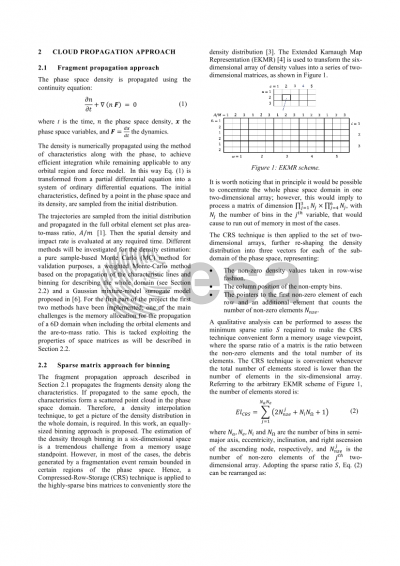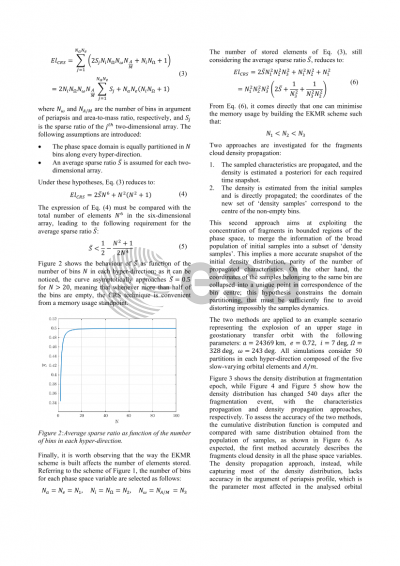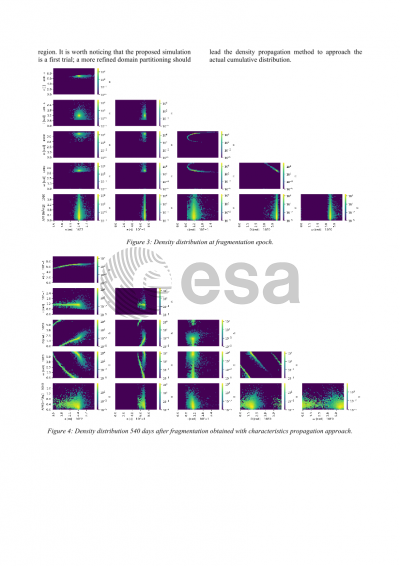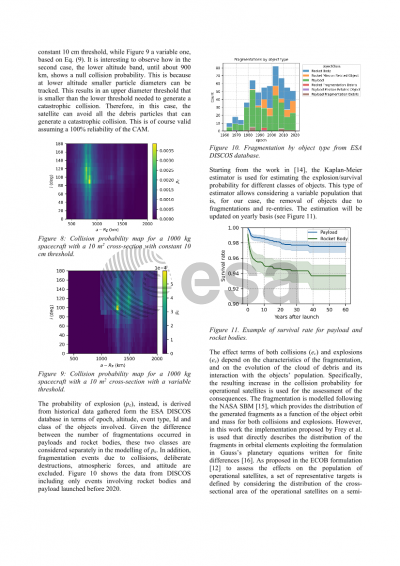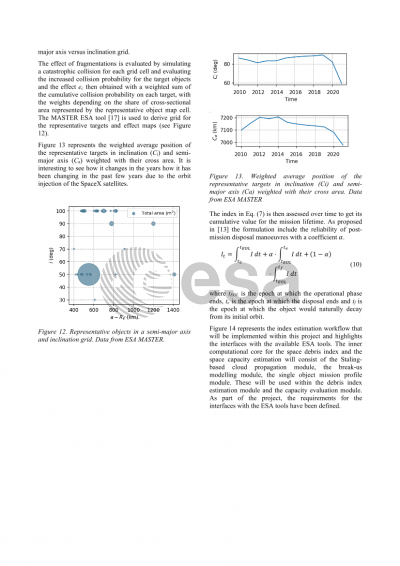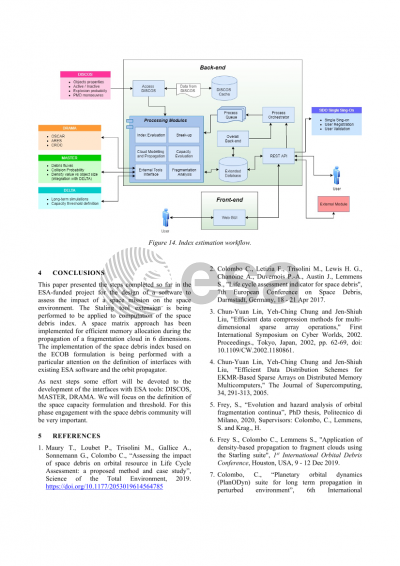Document details
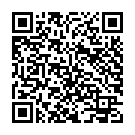
Abstract
Space, as any other ecosystem, has a finite capacity. The continuous growth of space activities, due to the increasing reliance of our daily lives on services from Space, the privatisation of the space market and the lower cost of deploying smaller and distributed missions in orbit, is from one side improving human-life quality and however, it is contributing to overloading this delicate ecosystem. As of today, the space debris problem is internationally recognised, and thus the environmental concern in Space activities is becoming a priority. For example, ESA successfully applied life cycle assessment of spacecraft from launch from disposal. The environmental impact of spacecraft and launcher manufacturing and operation was accessed, as well as ground segment activities to reduce the impact of “pollution” in orbit, in the atmosphere and on ground. Several environmental indices have been introduced over the years to assess the status of the space environment. These indices take into account distinct aspects of the space debris environment, but they focus on monitoring the possible increase in the number of objects in space, and on the risk they pose to current and future satellites.
In this paper we will present the design of a software to assess the impact of a space mission on the space environment and its contribution to the Space overall capacity, developed within an ESA-funded study by Politecnico di Milano and Deimos Space. The impact on the environment of a space object is assessed based on mission information such as its orbit, mass, cross-section, and on the risk of fragmentation due to accidental collisions or break-up. The contribution of the launching stages to the mission impact assessment is also considered. The output of the environmental analysis is summarised into a single score, suitable for its integration into a life cycle assessment procedure. The paper will present the development and consolidation of the different building blocks required for the definition of the environmental capacity and the development of a database to support the management of the capacity through its computation and allocation. An overview of the expected user interface functionalities will also be presented.
Preview

